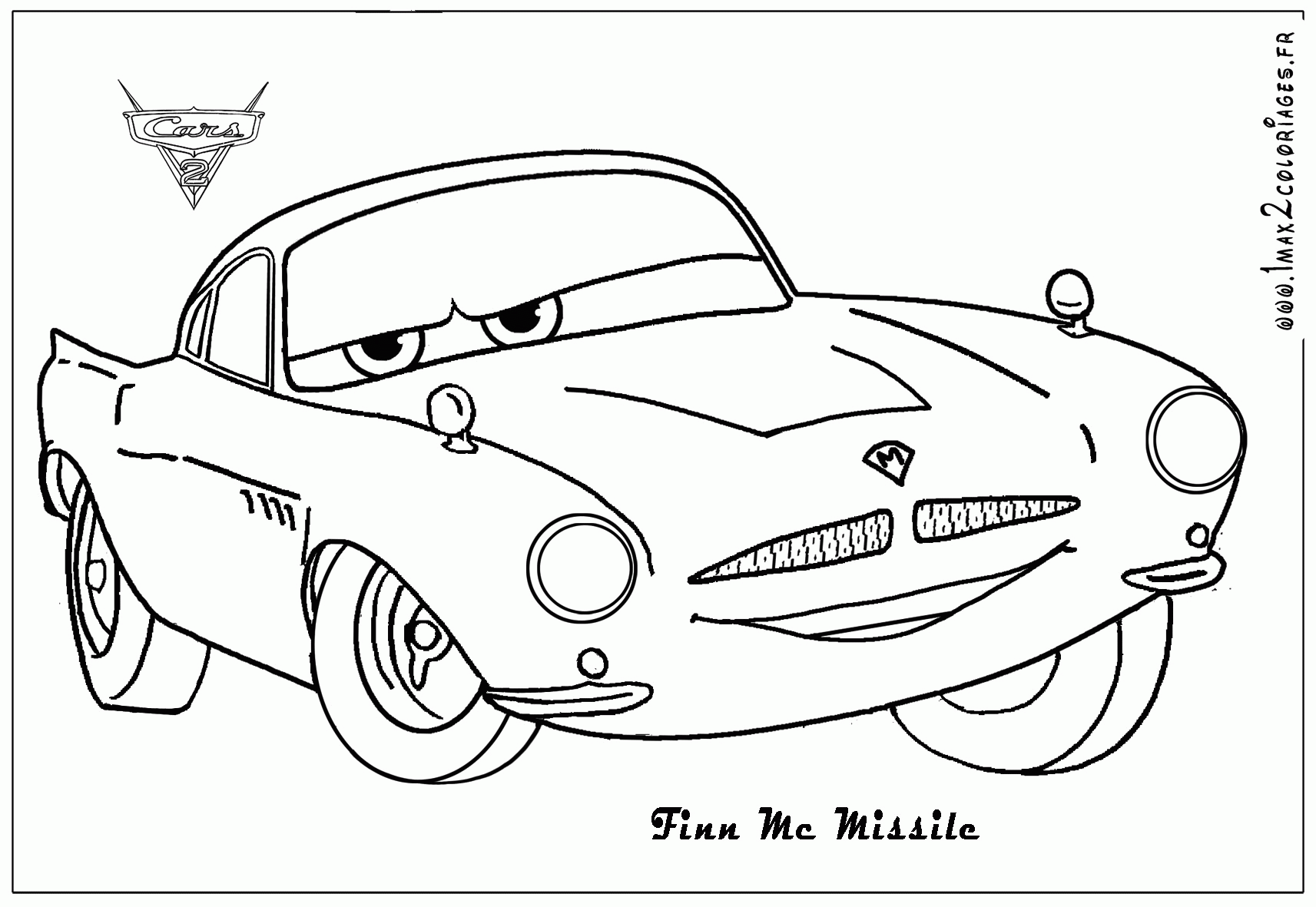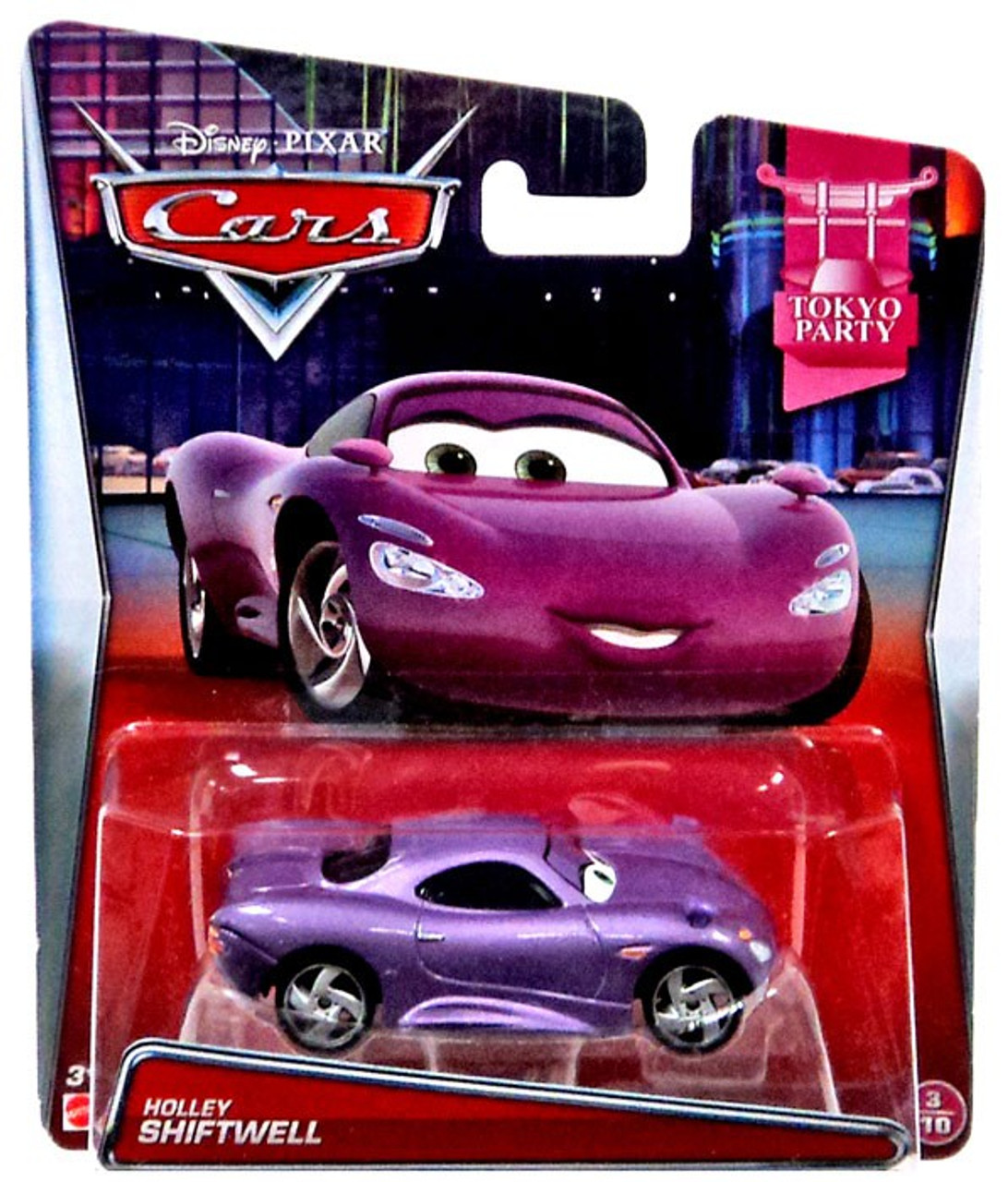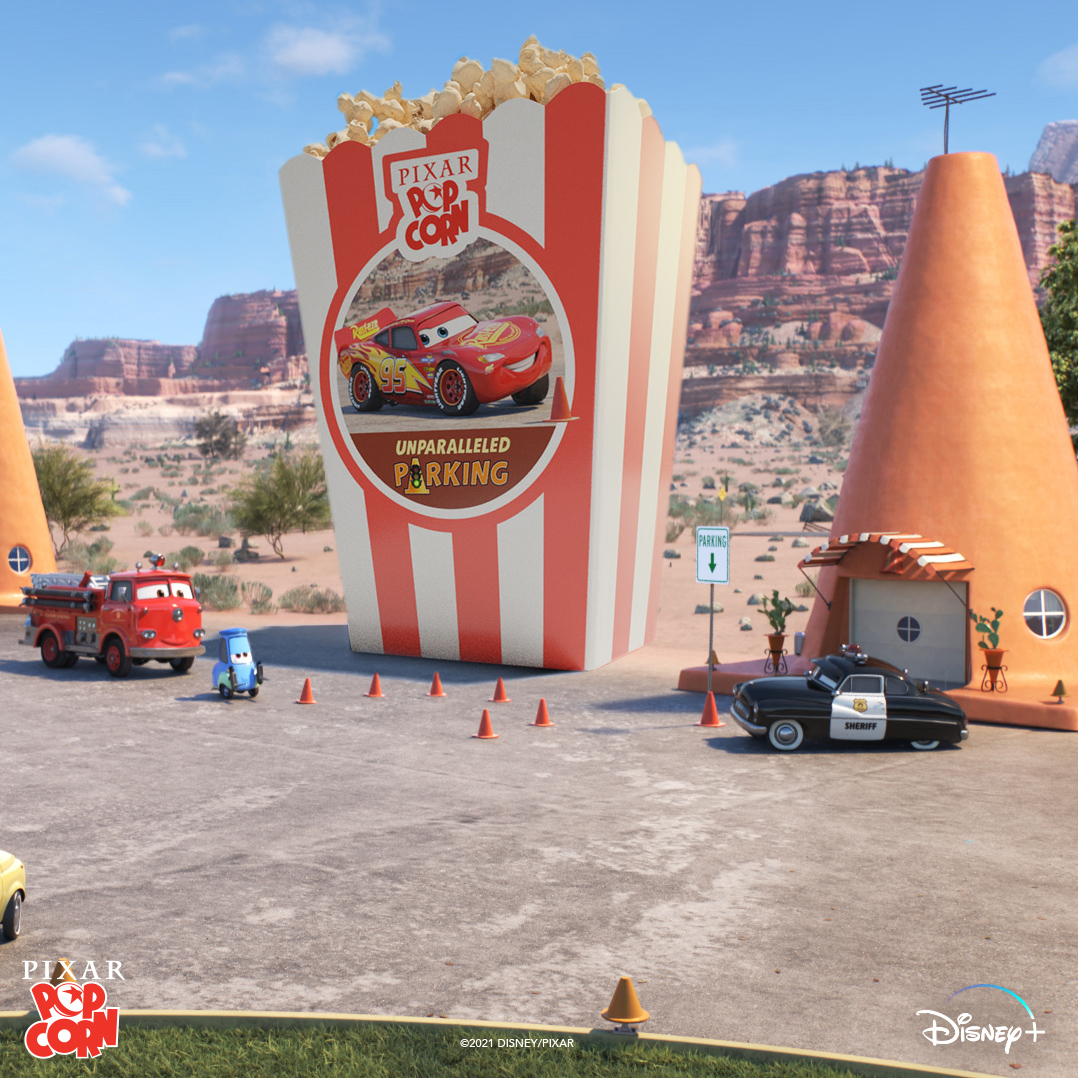

1988 Honda Prelude Si: Today 135 hp seems modest, but the injected 2.0-liter four combined with four-wheel steering to produce Honda's best handling car of the 1980s.Ĩ4. It's the car every other compact must be judged against.Ĩ5. But there's no other compact car that drives as well or feels more substantial. 2004 Mazda 3: Known in Japan as the Axela (because, why not?), the Mazda 3 has never been a sales leader. Only 197 were built, making it the rarest GT-R.Ĩ6. 1973 Nissan Skyline GT-R: The often-overlooked KGPC110 version of the Skyline GT-R. A tough car that was also easy to tweak.Ĩ7.
#Asian cars 2 disney full#
1993 Honda Civic Coupe: North America's two-door Civic coupe becomes the standard platform for sport-compact lunacy for a full decade.

1990 Toyota Celica All-Trac: Basis for the WRC champions in 1992, 19. 1988 Toyota Celica All-Trac: Add a turbo and all-wheel drive to the Celica to create a rally-ready, 190-hp beast. It turns out that the Corolla could be fun.ĩ0.
#Asian cars 2 disney manual#
1972 Toyota Corolla SR5: A five-speed manual transmission is added to the Corolla to create the first SR5. 2002 Honda Integra Type-R: The Integra name continued on in the car known as the RSX in America. 2002 Acura RSX Type-S: Follow up to the beloved Integra in America, the RSX lacked that car's delicacy and replaced it with toughness and easier-going 2.0-liter engines.ĩ2. 2003 Infiniti G35 Coupe: The two-door version of Infiniti's smallish car is stylish and quick thanks to its VQ-Series V6. Deserves to be remembered for more than its taillights.ĩ4. 2000 Toyota Altezza: Rugged, sharp-handling car sold in America as the Lexus IS 300. 1965 Toyota Sports 800: Sleek, tiny and fun with power from a 790cc two-cylinder flat engine. 1999 Honda Insight: Toyota's Prius hogs all the glory, but it's the two-sea teardrop-shaped Insight that showed how a hybrid could be sweet to drive and own.ĩ6. And it's a consistently good one, too.ĩ7. 2011 Nissan Leaf : It's the best-selling all-electric car ever made. Predates the RX-7 by more than a decade and only about 1,500 were built.ĩ8. 1967 Mazda Cosmo: Japanese-market GT coupe that was the first two-rotor rotary-powered car. Call this one a pick based on hope and faith.ĩ9. 2016 Mazda MX-5 Miata: The next evolution of the Miata promises to be leap forward in style and ability.


At least when it comes to writing long lists on the Internet.ġ00. There is, after all, no shame in being provocative. Naturally, every entry here can be debated that's the reason behind these lists. The mere knowledge that the GT-R existed was enough for it to rock our world, even if we weren't allowed to buy one from Nissan until 2009. That doesn't mean there aren't any cars on this list that were sold only in Japan (there's no way we'd leave off Nissan's mighty Skyline GT-Rs, for instance) but we considered all the cars primarily in the context of our market. But we admit we're biased in favor of cars that have had a significant impact here in North America - either in sales or in defining the car culture. These are the 100 greatest Japanese cars of all time. By the 1990s, they were building many of their cars here in the United States. Throw in a couple of traumatic fuel shortages caused by OPEC oil embargoes, and by 1980 Japanese carmakers were entrenched in America. By the 1970s Honda, Mazda, Nissan and Toyota were pushing the product envelope with machines that dared to be entertaining alongside the now well-known virtues of Japanese cars. So the Japanese industry had to fight to prove itself in this country, and it did so by turning out affordable products that, even if they lacked excitement, were durable and economical to operate. But going into the 1960s, practically no American wanted or trusted Japanese products outside of the transistor radio and Honda Cub 50 motorcycle. Today, the Japanese car industry is so tightly interwoven with the fabric of American automotive culture that it's almost impossible to separate it.


 0 kommentar(er)
0 kommentar(er)
